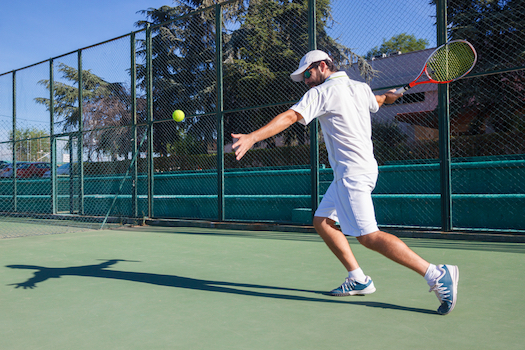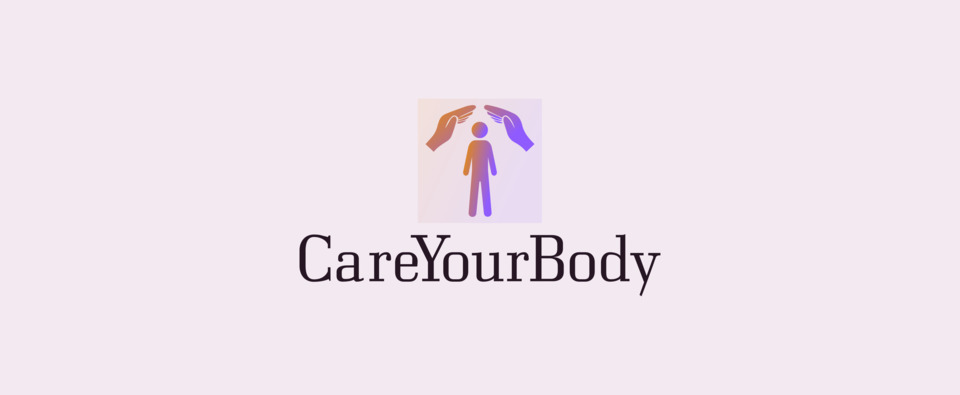
Fuente de imagen: PabloBenii
¿Qué vas a servir?
Mientras disfrutamos de la gloria reflejada de la espectacular victoria de Andy Murray en la final masculina de Wimbledon, echemos un vistazo a cómo lo hacen los mejores tenistas.
The astonishing stamina, speed, accuracy and athleticism in the men’s game is the product of hard labour on court, in the gym and at the table. It’s not all about scoffing suplementos y bombeo de hierro.
Aquí se explica cómo entrenar y comer para llegar a la gloria del tenis.
Andy Murray
Andy Murray’s fitness coach reckons the golden boy of British Tennis could nail a sub 50 second 400m on the track. Which is not surprising, when you consider his workouts contain as many as 10 x 400m repeats run on sand. Ouch.
Murray’s capacity for making a multitude of intense sprints to the net was much in evidence during Sunday’s final, with Novak Djokovic’s drop shots testing the scot to his limit. Murray’s stamina and endurance come not least from flat out, one minute intervals on the ‘Versaclimber’.
To fuel this sporting ‘machine’, takes 6000 calories a day. Murray hoovers up as many as 50 pieces of sushi at a single sitting. That’s a serious intake of Nigiri, Oshi and Chirashi – but it seems the Japanese diet has made Murray a total Ninja on court.
Novak Djokovic
Anyone who has ever watched the world number one at work will have marvelled the Serb’s exceptional ‘all court’ game. A natural ectomorph, he can eat like a horse and not put on weight. It’s this combination of legendary fitness, leanness and flexibility that make Djokovic one of the best players ever to pick up a racquet.
Novak’s stretching routine rivals that of a ballet dancer, but it’s the tennis ace’s diet that’s had arguably the greatest impact on his performance. Shortness of breath, muscle cramps and stomach upsets were a feature of his life until he took the decision to eliminate gluten from his diet. Since that day he’s never looked back.
Lean meat, fish, and vegetables along with fruit nuts and seeds make up the bulk of his diet. The carbs come from gluten free grains like quinoa, buckwheat and sorghum.
David Ferrer
Currently ranked 3rd in the world, Ferrer crashed out of this year’s Wimbledon quarter finals. But while he’s never won a grand slam, don’t write off the bustling Spaniard. At 5ft 9ins, he’s a small player and by today’s standards not the most powerful. But a phenomenal work rate combined with deft shotmaking rate keeps him in the mix.
Durante la temporada baja, Ferrer es conocido por andar en bicicleta de montaña hasta 90 km por día, lo que aumenta la resistencia.
To keep the boiler stoked, Ferrer eats five meals a day, with an emphasis on breakfast. As you’d expect he goes in heavy on the carbs, protein and veggies. While he doesn’t take supplements as such, Vitamin C complex, Magnesium for cramps and Iron keep this ‘iron man’ on court and in contention.
Rafael Nadal
After four hours on court training, Nadal hits the gym for some good vibrations. The tennis star poses on a vibrating base, the buzz forcing his muscles to contract 30 – 50 times a second. The machine’s inventors claim this aids blood circulation, recovery and flexibility. Nadal strikes a variety of poses that work different muscle groups, at the same time heaving away at resistance bands.
Con doce Grand Slams en la bolsa, es un régimen que funciona.
And when he’s not playing tennis, Rafael like to cook for family and friends. During tournaments, he says it’s the perfect way to relax and forget about the stresses and strains of elite sport.
Pero si crees que esta leyenda del tenis es un modelo de alimentación saludable, piénsalo de nuevo: Nadal es muy aficionado a las papas fritas y Nutella.
Roger Federer
At 31, he’s among the oldest of the supermen at the top of today’s game and arguably the greatest of them all. With 17 grand slams to his name, Roger Federer has won more of the big points than anyone else. He’s the ultimate tennis player; powerful, quick and with staying power.
But the genius of his gift lies in the sheer grace with which he plays. While his training regime is the equal of any other, it’s Federer’s mental agility that marks him out. He also jumps rope like a boxing champ and plays catch with a medicine ball.
While doing his best to eat well in the run up to tournaments, Federer has confessed a liking for traditional Swiss treats. Muesli for breakfast seems a healthy choice, but raclette, rosti and fondue offer more in the way of fat, processed meat and cheese than most modern athletes would admit to. Perhaps he needs his reported 10 hours sleep to digest!
